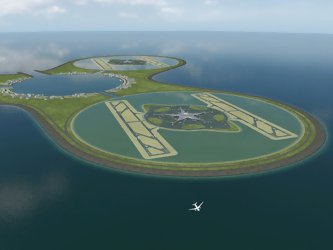The producers of the above video write:
Flotsam & Jetsam is a documentary based around the beachcombers of Texel, one of the largest Frisian islands north of Holland.
Due to Texel’s geographical position, tidal system and strong winds, an estimated two tons of Flotsam & Jetsam washes up on its beach each day.
The film follows the lives of the beachcombers (or Jutters as they are known), exploring their relationships and history as extraordinary people in extraordinary situations.
Beachcombers are people who ‘harvest’ flotsam and jetsam from beaches. I am not quite sure what the legal status is. Wikipedia claims beach combing is illegal in the Netherlands, but the only law text I could find (Book 8 of the Burgerlijk Wetboek, articles 550 and onward) seems to suggest that beach combing is a form of marine salvage, meaning that the owner of the goods can come and collect them up to two years after they were found, but must pay a decent wage in return.
The documentary is only 13 minutes long, and well worth your time.
‘Jutter’ Jan Uitgeest (73): “There are only eight of us left. Beachcombing is getting less popular because there aren’t that many finds any more. We are dependent on storms. Last year Terschelling had a large find of wood, and a container filled with snacks. On Ameland and Schiermonnikoog they found a container with mountain bike wheels and a couple of thousand coats, so that now the inhabitants of Schiermonnikoog are walking around in coats with nice fur collars.”
Link: Trendbeheer. Video: Vimeo / Flotsam and Jetsam.


 The way the Dutch viewed their national airport Schiphol has
The way the Dutch viewed their national airport Schiphol has